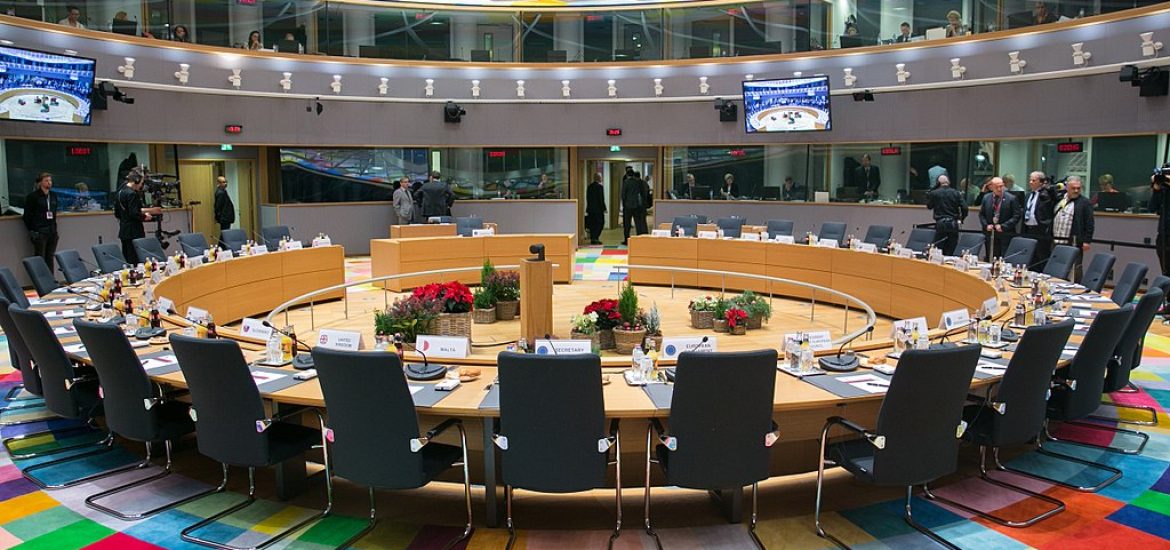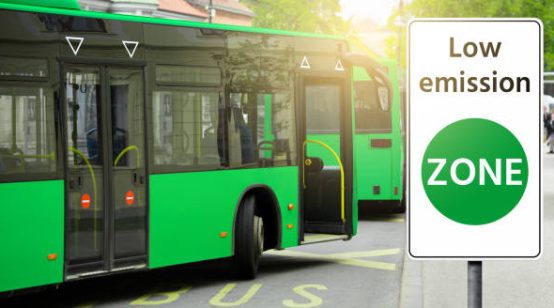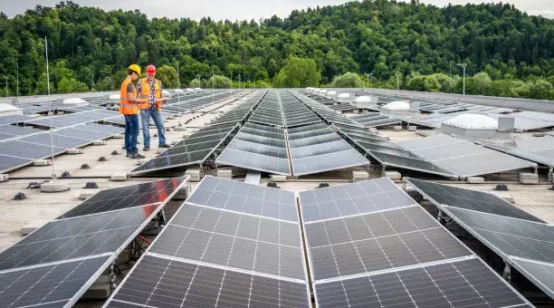
By 2030, the EU will have to generate 32 per cent of its energy from renewable sources and reach an energy-efficiency target of 32.5 per cent, according to new guidelines that have been agreed by the European Council.
The targets are set out in a revised directive on energy efficiency and renewables, which were adopted yesterday (Tuesday) by the council, representing the member states.
It also signed off the “governance regulation, which sets out the framework for the governance of the Energy Union and climate action.
The agreement completes the clean energy package.
The revised energy efficiency directive aims to reach the EU’s 2020 and 2030 targets.
It includes the EU targets on energy efficiency of at least 32.5 per cent by 2030, an obligation to achieve energy savings each year between 2021 and 2030 of 0.8 per cent, or 0.24 per cent for Cyprus and Malta, of annual final consumption.
Member states are offered flexibility on how to reach the obligation.
The package was presented by the commission in November 2016 and agreements with the European Parliament were reached in June.
The council’s approval was the final step before publication on December 21.
A framework of rules on how to handle electricity crises will also lead to better risk preparedness and strengthen the energy security within the Energy Union, the EU announced.
EU ambassadors have endorsed an agreement reached with MEPs last month on the new rules.
Elisabeth Köstinger, federal minister for sustainability on the council, said: “Today we have taken another important step towards completing the Energy Union. This new regulation makes it easier for member states to assist each other in the event of an electricity crisis.
“We will be better prepared and there will be fewer electricity cuts at peak times. I am confident that this agreement will pave the way for a rapid and successful outcome to the negotiations on the other files in the electricity market design package,” she added.
The EU announced: “Europe’s electricity system is increasingly interconnected. As a result, the consequences of electricity crises sparked, for example, by extreme weather conditions, malicious attacks or a fuel shortage can easily extend beyond national borders.
“Under this regulation, a common methodology to identify risks will be developed. The European Network of Transmission System Operators for Electricity, will draw up regional crisis scenarios and identify the most relevant risks for each region. On the basis of both these regional and national electricity crisis scenarios, each member state will be required to draw up a risk-preparedness plan, including both national and regional measures.”
The European Council has struggled to sign off the commission’s targets. Picture credit: Wikimedia





